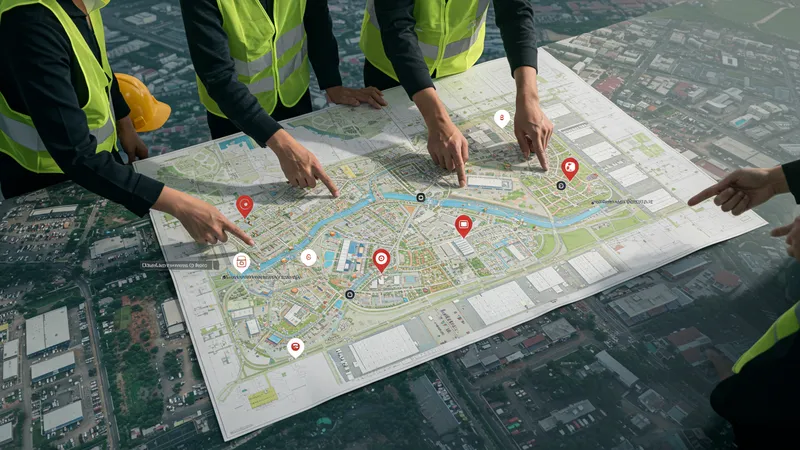
End-to-End Industrial Park Development & Management Solutions
Core Components of Industrial Park Development Integration
The integration seen in leading end-to-end industrial park development starts with comprehensive site selection and tailored master planning. Providers like JLL analyze regional logistics networks, local workforce availability, and proximity to commercial centers to maximize a park’s strategic value. This early-phase intelligence underpins everything that follows, ensuring parks are positioned for long-term growth and adaptive reuse.

Another critical component is the alignment of infrastructure delivery. Full-service providers coordinate with public utilities and private contractors to ensure essential services—power, water, transportation links—are delivered on time and at appropriate capacity. This minimizes operational bottlenecks for future tenants, setting an enhanced standard over segmented, multi-phase park builds.
Tenant acquisition is strategically woven into the development process. Companies like CBRE deploy specialist teams to market the industrial park to global manufacturers and e-commerce players, aligning park capacities with real-world industry demand. Advanced digital marketing and virtual tour options are becoming standard, accelerating occupancy and reducing vacancy risks.
Finally, sustainability and ESG integration are crucial. Prologis, for instance, employs green building standards, renewable energy integration, and intelligent monitoring systems. This proactive focus not only appeals to multinational tenants seeking responsible supply chain operations but also aligns with regulatory and investor demands for sustainable industrial assets.